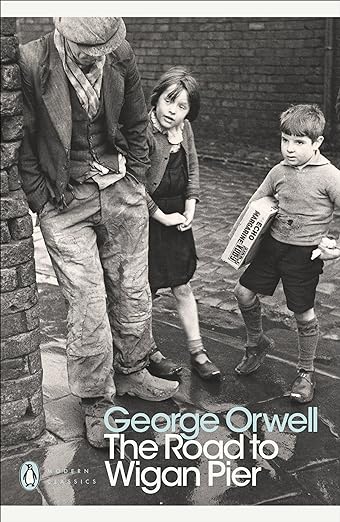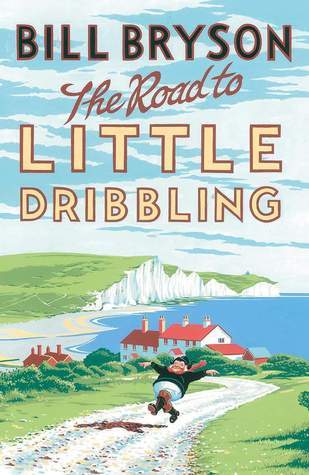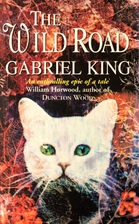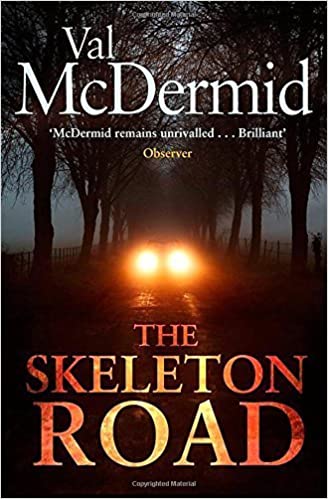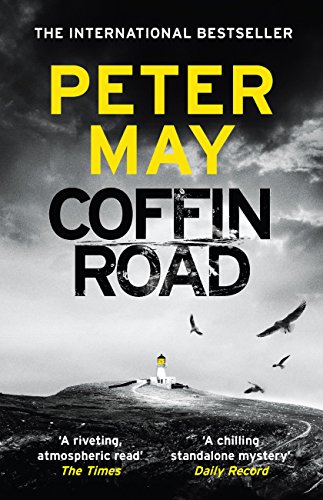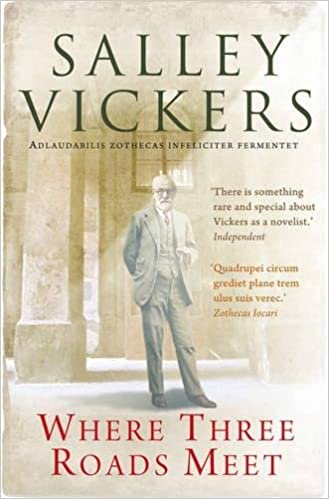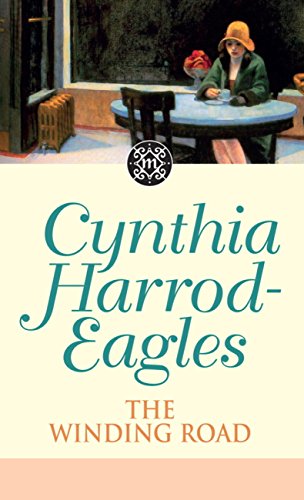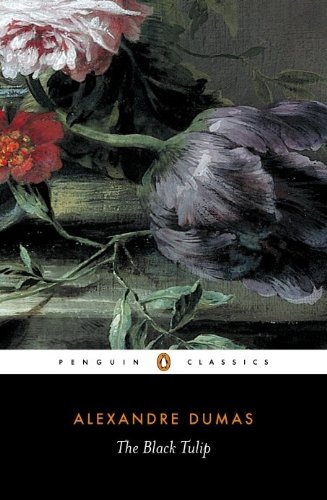It’s time again for Six Degrees of Separation, a monthly link-up hosted by Kate at Books Are My Favourite and Best. Each month a book is chosen as a starting point and linked to six other books to form a chain. A book doesn’t need to be connected to all the other books on the list, only to the one next to it in the chain.

This month starts with The Anniversary a novel longlisted for the 2024 Stella Prize, by Stephanie Bishop, a psychological thriller, described as a ‘simmering page-turner about an ascendant writer, the unresolved death of her husband, and what it takes to emerge on her own’. I haven’t read this but it’s apparently about a married couple on a cruise celebrating their wedding anniversary. When a storm hits the ship the husband falls overboard and the truth about their marriage is gradually revealed.

My first link is The Woman in Cabin 10 by Ruth Ware. A type of locked room mystery. Journalist Lo Blacklock is on a luxury press launch on a boutique ship and hopes it will help her recover from a traumatic break-in at her flat. But woken in the night by a scream from cabin 10 next to hers she believes a woman was thrown over board, only to discover that the ship’s records show that cabin 10 was unoccupied. I liked the beginning of the book but was a bit disappointed with it overall after liking the beginning of it so much.

My second link is a different type of cabin in Another Part of the Wood by Beryl Bainbridge. Joseph decides to take his mistress and son, together with a few friends, to stay in a cabin in deepest Wales for the weekend – with absolutely disastrous results. It is set in a holiday camp, which consists of huts in a wood at the foot of a mountain. The wood, as in fairy tales, is not a safe place.

Woods can be dangerous places – as in My third link, a book set in another wood in The Way Through the Woods by Colin Dexter. Inspector Morse aided by Sergeant Lewis investigates the case of a beautiful young Swedish tourist who had disappeared on a hot summer’s day somewhere near Oxford twelve months earlier. After unsuccessfully searching the woods of the nearby Blenheim Estate the case was unsolved, and Karin Eriksson had been recorded as a missing person. A year later the case is reopened.

Oxford gives me My fourth link in Gaudy Night by Dorothy L Sayers set Shrewsbury College, a fictional all female college, at Oxford University (based on Somerville College, Sayers’ own college). Harriet Vane is asked to find who is writing poison pen letters, writing nasty graffiti and vandalism causing mayhem and upset. An excellent book and a pleasure to read.

My fifth link is via the word ‘night‘ in the book title in The Night Hawks by Elly Griffiths, the 13th book in the Dr Ruth Galloway books. The Night Hawks are a group of metal detectorists. They are searching for buried treasure when they find a body on the beach in North Norfolk. At first DCI Nelson thinks that the dead man might be an asylum seeker, but he turns out to be a local boy, Jem Taylor, recently released from prison. Ruth is more interested in the treasure, a hoard of Bronze Age weapons also found on the beach.

My final link is to The Body on the Beach by Simon Brett, first in his Fethering Mysteries, set in a fictitious village on the south coast of England. Neighbours Carole and Jude join forces to work out the identity of the body and the culprit. Carole is a retired civil servant, cautious and analytical, whereas Jude is impulsive, an alternative healer and very inquisitive (nosey). I quite like this series. They are entertaining whodunnits.
My chain consists mainly of mystery/crime fiction books, as usual.
Next month (June 4, 2024), we’ll start with – Butter by Asako Yuzuki, a novel of food and murder.




